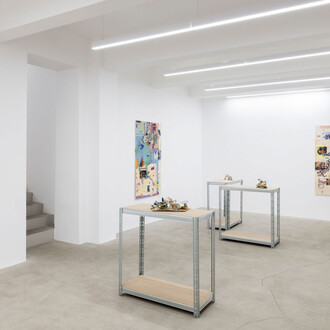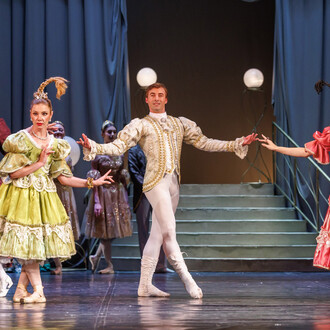Osart Gallery is delighted to present a solo show of the work of one of the most enigmatic exponents of Arte Povera: EmilioPrini(Stresa, 1943 – Rome, 2016). The exhibition focuses on a precise historic period, displaying a selection of significant works produced between 1967 and 1996 with a view to exploring several key themes of Prini’s poetics. As he himself once explained: “I have no programme, I grope my way along. I see no trace of the birth of Art (or of tragedy) because the C.S. is not the result of pure human work (because I did not make the chair, the table, the sheet of paper or the pen I use to write). Where possible, I create nothing.”The selected works displayed in two rooms belong to some of the most important series of Prini’s production:Formula per tipi standard non standard (Formula for standard non-standard types), produced for the first time in 1967, Senza titolo (Untitled),produced between 1968 and 1971, two works from the series Governo (non standard) – Due linee che si uniscono in basso [ Government (non-standard) – Two lines that join at the bottom] from 1986, a work related to X Edizioni ( X Editions, 1986) and two from Fogli da un taccuino di legno (Sheets from a wooden notebook, 1997). The exhibition also includes two Autoritratti(Self-portraits)produced around 1976 and a series of works on paper.
Starting with Formula for standard non-standard types, where Prini elaborates in writing the basic model of his procedure through a script that is almost illegible but at the same time filled with combined mathematical formulas, we move on to Untitled,made up of four panels with a collage of five sheets of A4 paper. Prini’s legend placed inside the work runs as follows “standard. aluminium. section bar. 6.50. m. in setting. 1967-1971”. Prini saw the concept of ‘standard’ as a point of reference for exploring space. It first made its appearance in 1967 with Asta di comportamento(verde) [Behaviour bar (green)] made and assembled by the artist at the Galleria La Bertesca; it was, however, never displayed but only photographed, since Prini was more interested in the image than the object. The work consists of a six-metre long of green aluminium section bar, which remains flat or curves depending on the size of the area it is placed in. It is the available space – hence “non-standard” – that dictates the form of the work.
Proceeding through the show we come to two works produced for the “X Edizioni” exhibition held at the Galleria Franco Toselli in 1986, entitledGovernment (non-standard) – Two lines that join at the bottom. These are panels of medium density fibreboard with two wavy cuts that join at the bottom and the application of a sheet of transparent plastic covering the area between the cuts. Originating from the same show are the namesake X Edizioni (printed in 4 exemplars), in the form of ‘souvenir’ postcards derived from small drawings and notes by the artist.
Also in the main room of the gallery are two works from the 1997 exhibition at the Galleria Pio Monti Sheets from a wooden notebook. On plywood panels Prini has enlarged various drawings taken from one of his diaries, employing different media such as pencil, white chalk and paint. The signs are intuited, revealing themselves and disappearing in a partial or total manner. Prini takes the impoverishment and minimalization of the sign typical of Arte Povera to extremes through a process of removal and negation of reality; in some cases, this takes the form of rapid apparitions, and in others of the physical absence of the object and even the disappearance of the artist himself from the art scene.
In the sporadic display events of his artistic career, Prini’s mode of working and being frequently surprised the public with unexpected “elements for an exhibition”, while still remaining true to his subversive nature and his clear and ruthless intelligence. His works appear like coded messages to be deciphered, cloaked in an enigmatic charm and a profound sarcasm. “Prini is a precious asset that eludes us,” we read in an article about him by Luca Lo Pinto: “An immense artist who never adapted to the rules of the art system; instead, with peerless integrity, he made them adapt to him.” We find a similar truth in the fine words of Lisa Ponti, who described him as follows: “The point is that he has to be and not be at the same time. Anyone else might have said “I want to be in a visible place” whereas he, on the contrary, wants to be in an almost invisible place, but to be there nevertheless.”
















